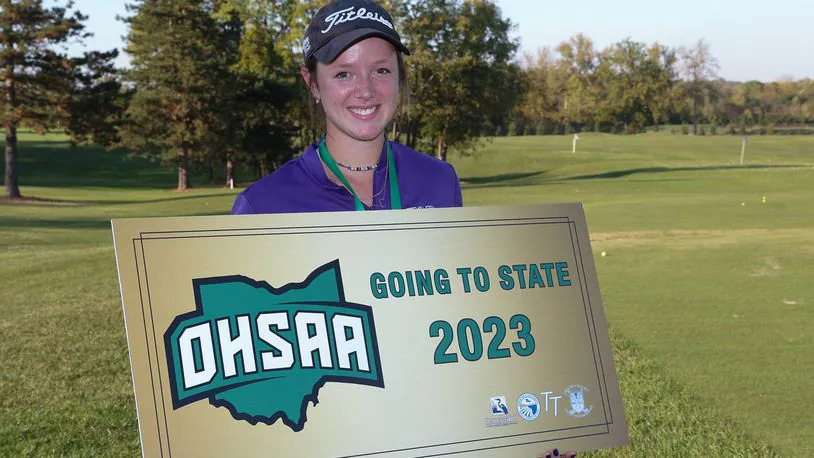NEW YORK – When it comes to being an All-American, Darren McFadden doesn’t have to settle for second.
The Arkansas running back and two-time Heisman Trophy runner-up was one of four players voted to The Associated Press All-America team for the second consecutive season.
Michigan offensive tackle Jake Long, LSU defensive tackle Glenn Dorsey and Ohio State linebacker James Laurinaitis were the other two-time first-team AP All-Americans on the team released yesterday.
Heisman Trophy winner Tim Tebow joins McFadden in the backfield along with Central Florida’s Kevin Smith, who leads the nation with 2,448 yards and 30 touchdowns. Smith is the first All-American from UCF, which began playing major college football in 1996.
Missouri quarterback Chase Daniel, who finished fourth in the Heisman voting, was voted to the second team. Hawaii’s Colt Brennan, third in the Heisman voting, was the third-team quarterback.
McFadden set school records with 1,725 yards rushing and 2,172 all-purpose yards, breaking the marks he set last year. He scored 16 touchdowns and threw four TD passes, working as a quarterback out of Arkansas’ shotgun Wild Hog formation.
The junior has said he’ll decide whether to return to school for his senior season after the Cotton Bowl on Jan. 1 against Daniel and Missouri, though he may have given a hint as to which was he was leaning after the Heisman ceremony when he said, “I think my quarterbacking days are about to come to a halt.”
Kansas State receiver Jordy Nelson went from walk-on to All-American.
Nelson didn’t get a scholarship after playing at Riley County High School, about 20 miles from Kansas State’s Manhattan campus. He redshirted in 2003 and was a defensive back in 2004, again not seeing any game time.
He moved to receiver in 2005 and started all 11 games, catching 45 passes for 669 yards. In 2006, he battled injuries and caught 39 passes for 547 yards.
This season, Nelson became a star. He ranked second in the country in both receptions (122) and receiving yards (1,606) behind fellow All-American Michael Crabtree of Texas Tech.
“I couldn’t envision this going into my senior year,” Nelson said. “Week after week the numbers kept coming. I have to give a lot of credit to the coaches.
“It surprises me what’s happened.”
Crabtree set NCAA freshman records with 125 receptions for 1,861 yards and 21 touchdowns. Fellow redshirt freshmen Jeremy Maclin from Missouri (all-purpose player) and Arizona State kicker Thomas Weber also made the first team.
The last freshman to be an AP All-American was Oklahoma running back Adrian Peterson in 2004.
Crabtree was also one of four players unanimously selected to the first team by a panel of 12 media members, along with McFadden, Dorsey and Southern California defensive tackle Sedrick Ellis.
Tebow became the first sophomore to win the Heisman on Saturday night. He was the second-rated passer in the country, led the Gators in rushing and became the first major college player with at least 20 rushing touchdowns and at least 20 TD passes in the same season.
The last Florida quarterback to be an All-American was Rex Grossman in 2001.
Missouri’s Martin Rucker, who led the nation’s tight ends with 81 catches, gave the Tigers two All-Americans.
Long was joined on the offensive line by Kansas tackle Anthony Collins, guards Duke Robinson of Oklahoma and Martin O’Donnell of Illinois, and Wake Forest center Steve Justice.
On the defensive line with Dorsey and Ellis were ends Chris Long from Virginia and George Selvie of South Florida.
Penn State’s Dan Connor, Colorado’s Jordan Dizon, who led the nation in solo tackles with 107, and Laurinaitis were the linebackers. They were also the three finalists for the Butkus Award, given to the nation’s top linebacker. Laurinaitis won the award.
In the secondary, the cornerbacks were Aqib Talib from Kansas and Antoine Cason from Arizona. The safeties were Jamie Silva from Boston College and Craig Steltz from LSU, each with six interceptions.
Cincinnati’s Kevin Huber was the punter. He led the nation with a 46.9-yard average.
The Big 12 had eight players selected to the first team, leading all conferences. The Big Ten and Southeastern Conference were second with four All-Americans each.


















